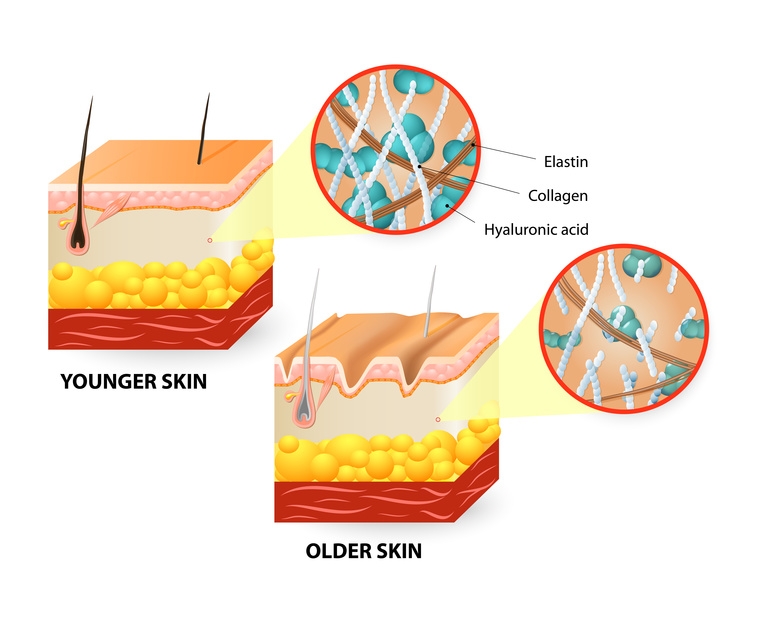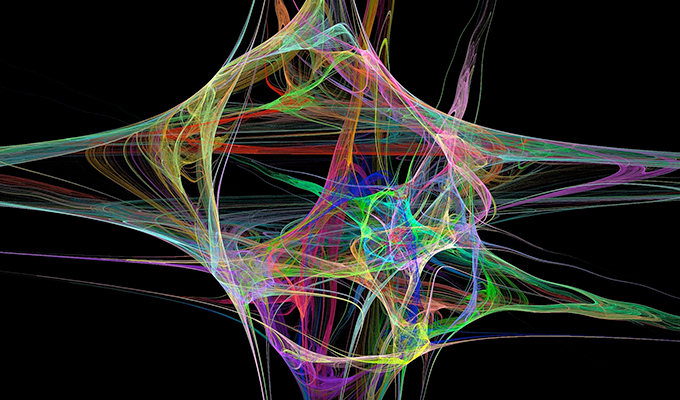A recent review by Nadim et al. casts some light on a Cosmetology and Dermatology, where circulating biomarkers, though studied to a certain extent so far, are yet unknown for many skin models. (1) A first element to have in mind when considering the skin-related experimental model is the “Oxygen level”. Oxygen levels may contribute to different findings, and the in vitro models used so far may not be so physiologically relevant as initially thought.
Oxygen partial pressure and miRNAs
Tissue oxygenation (which is a major part of the cell microenvironment) regulates the expression of the microRNAs called oxymiRs. OxymiRs may be categorized into three groups:
- microRNAs whose expression is directly modied by the Oxygen partial pressure (%pO2),
- microRNAs whose expression is indirectly (pH, metabolites, etc.) modified by the Oxygen partial pressure, and

pO2 percentage levels in various tissues. - microRNAs that target mediators of Oxygen sensing pathways to regulate biological networks for cell survival.
Examples of miRNAs important in skin physiology include miR-17, miR-21, miR-24, miR-27, miR-29b, miR-99 family, miR-125, miR-146a, miR-155, miR-203 and miR-205, among many other.
For example, in injured tissue, disruption of the vascular supply is associated with a low oxygen partial pressure, or hypoxia, which induces the expression of specic microRNAs referred to as HypoxamiRs (included in group (1) of the oxymiRs classification).
miR-210, known as the master HypoxamiR, is robustly induced under hypoxic conditions in nearly all kinds of cells. Under hypoxia, miR-21 also induces angiogenesis by targeting PTEN, leading to activation of AKT and ERK1/2 signaling pathways.
microRNAs and Transfection Factors and
Other transcription factors such as p53 and NF-kB have been shown to affect the expression of microRNAs under hypoxia/anoxia conditions.
Numerous studies have demonstrated the modulation of microRNA expression and particularly that of the miR-200 family with oxidative stress due to excessive ROS levels.
Up to now, very few studies have shown the role of the intermediate Oxygen level (physioxia) in regulating microRNA expression in skin cells. Taken together, these results strongly support the idea that physioxia should be an important criterion in determining the microRNA expression level and consequently protein expression and skin functions.
Therefore, when trying to understand the role of microRNAs in skin models, it is important to choose a cell culture system that is as physiological as possible, and have the tools to analyse the different biomarkers (no only microRNA, but also signaling pathways, secretome, etc).
Should you like to have more information on this review, or know what support you can get with cell culture technologies at controlled oxygen levels (2), or for your biomarker discovery studies, we invite you to get in contact by leaving a message below.
Source:
(1) Nadim M. et al. “Physioxia and MicroRNAs As Key Factors in the Skin Microenvironment” (2015) FSCC Magazine, Vol. 18 – #1, pp: 35-43.
(2) Mennesson E. et al. “miRNA and protein biomarkers in hypoxia for obesity studies” (2014) 4th Munich Biomarker conference (poster)



